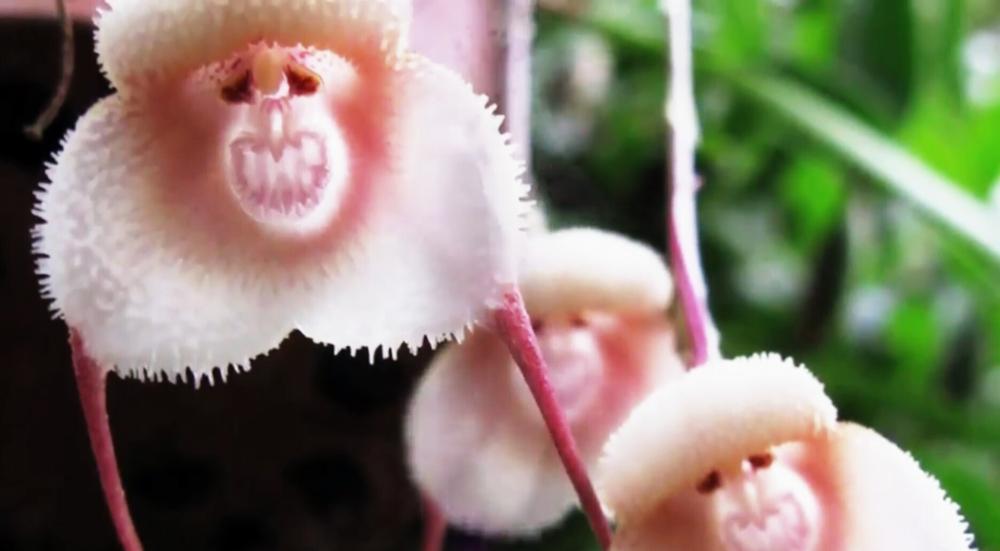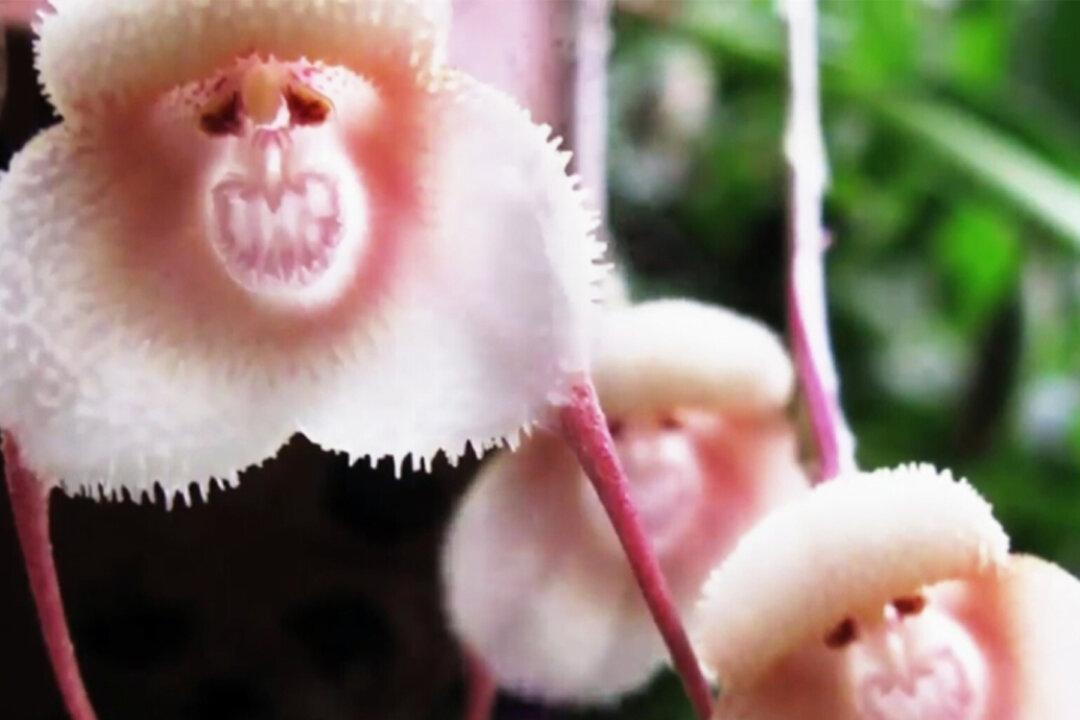This exotic monkey-faced orchid’s otherworldly looks make it one of the must-have species for all flower lovers. This tiny orchid is yet another testimony to how Mother Nature never ceases to inspire awe in us!

Nadiia Z/Shutterstock

This exotic monkey-faced orchid’s otherworldly looks make it one of the must-have species for all flower lovers. This tiny orchid is yet another testimony to how Mother Nature never ceases to inspire awe in us!
